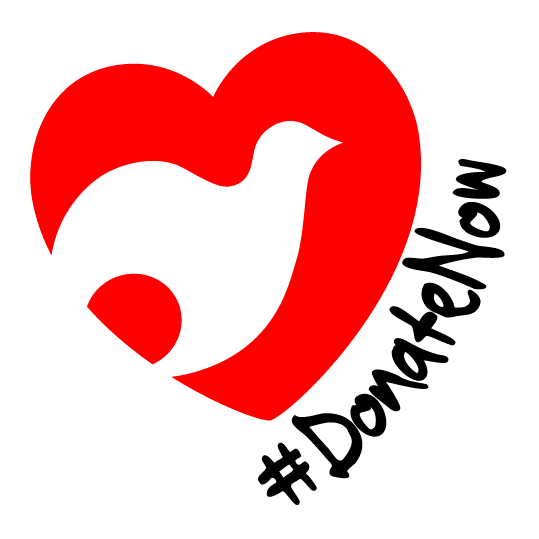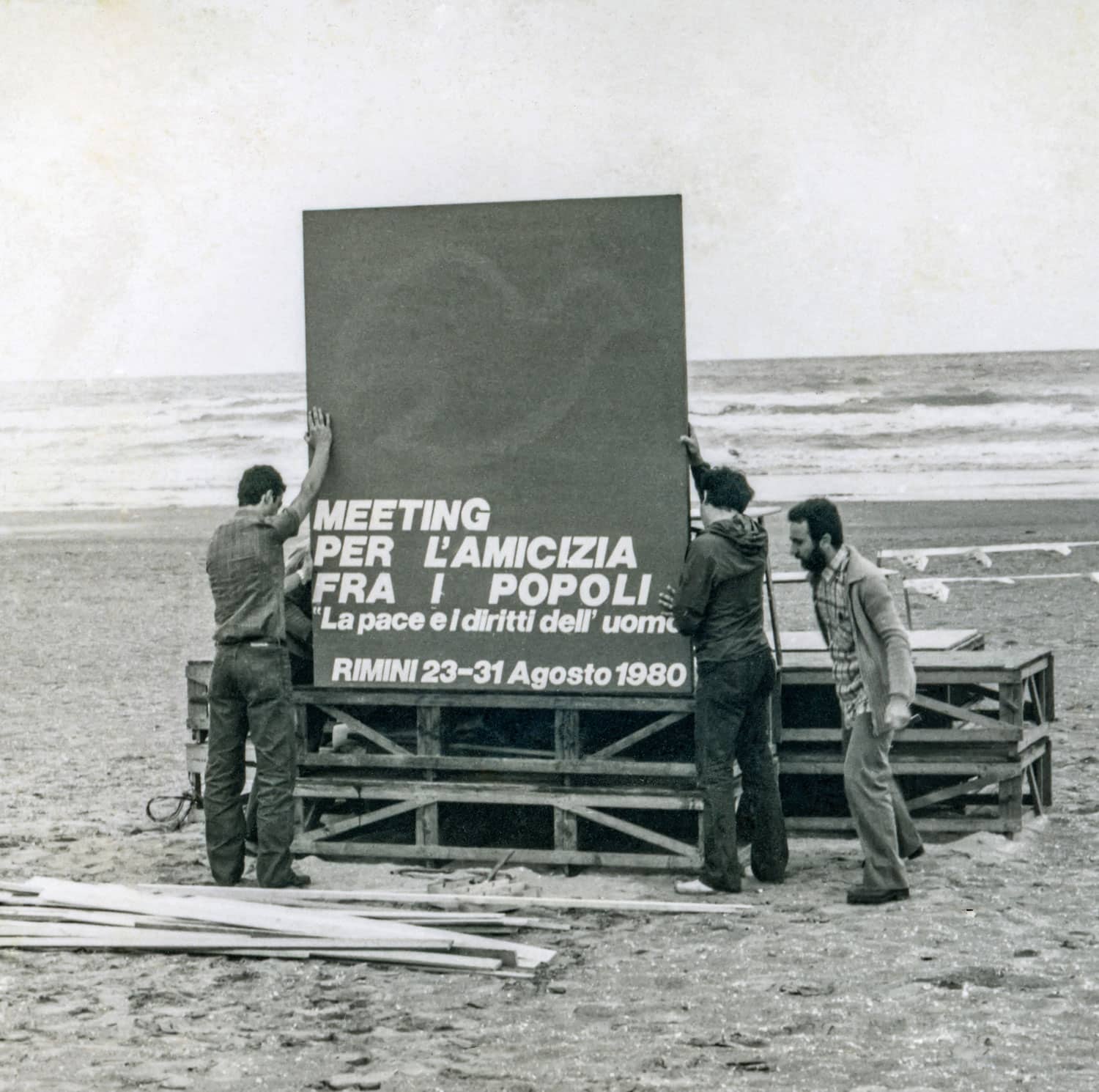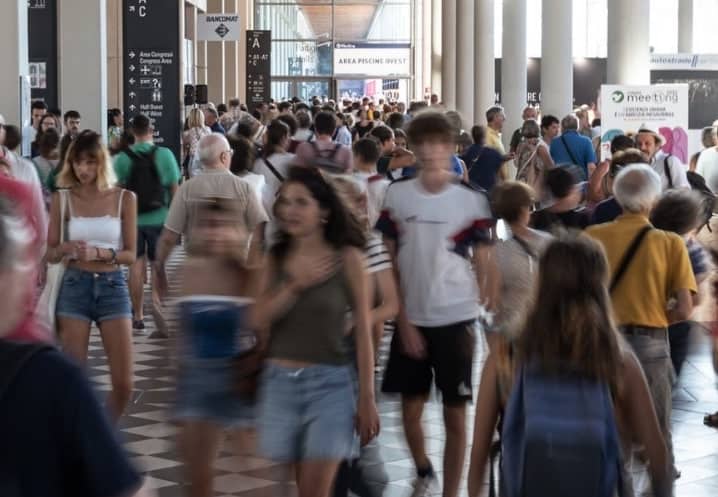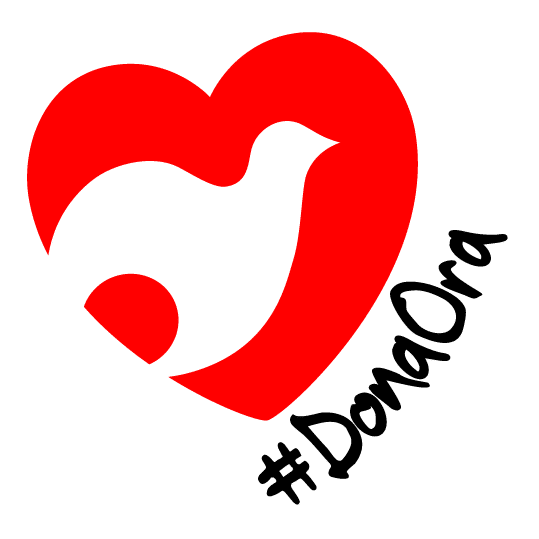The Other Meeting: From a Wound, a New Form Can Be Born

From a wound, a new form can be born. From a limit, a new beginning. Many of the stories told at the Rimini Meeting speak of this. Stories of medals, successes, but most importantly, what lies behind them—defeats, disappointments, limits, disabilities that need to be faced. "Champions of Life: The Art of Rising Again" is the title of the event organized in collaboration with the CSI and the National Observatory Against Bullying. The image projected on the big screen behind the speakers is of a broken vase, transformed into something more beautiful by a wound and the gold that repaired it. This is the ancient art of Kintsugi. The testimonies of the champions on stage are equally clear examples of this. First and foremost, Annalisa Minetti, known to everyone as the winner of the Sanremo Festival in 1998. But she also won bronze at the 2012 Paralympics in the 1500 meters and is the mother of two children.
"My greatest success has been transforming my discomfort into energy," she explained. It was not an easy path: "At a certain point, I needed to rediscover my fragility. Fragility is not weakness; it is richness." However, the secret is "not to dodge the blow, but to know how to fall to the ground and get back up." Starting from the first fall, when at 18 she was diagnosed with retinitis pigmentosa, which made her blind: "My father told me: if you cannot see the light, become the light yourself. I tried to keep that promise." Paolo Pizzo, a two-time world fencing champion, also fell to the ground when a brain tumor prevented him from competing for months. "I hid my epileptic seizures because I wanted to compete. I didn't listen to myself or my limits." Then he realized that the winning move is to ask for help. And the medals came.
"Do not aim for normality but to be special," is Annalisa Minetti's call. It makes a difference, one could say, in difficult contexts. This is what many women in Africa are doing, thanks to NGO projects or the Italian Development Agency. At the International Arena, they told their stories, like that of Amy Dieng and the women leading agricultural development in Senegal. Or the story of the women traders from East Burundi, who, thanks to a development project by Lvia, are changing the fate of their families and communities with a bicycle, overcoming prejudices.
"A limit can be a barrier, but also the beginning of the ocean. After all, you recognize me for one of my limits: the physical and psychological perimeter," notes Giuseppe Zampino, director of pediatrics at Gemelli, speaking of Jerome Lejeune, the scientist who discovered Trisomy 21 and founded the Pontifical Academy for Life. "The cry of a baby is a paradigm of responsibility": if we don't care for it, it dies. And so it was for Lejeune: science as a path to holiness. "Lejeune wasn't just a great scientist and Christian; he was both together," explains Aude Dugast, the postulator of his cause for beatification. "He had his eyes fixed on the patient's well-being, not on serving a health policy." He is famous for a speech against "chromosomal racism" and abortion, which probably cost him the Nobel Prize. Thanks to him, genetics today allows us to know and predict some of the diseases a person will develop in the future: "These are diagnoses that are costly in terms of care," he himself said at the Meeting in 1994, "but it is the price society must pay if it wants to remain human."
From the podcast "L'altro Meeting", curated by Daniela Verlicchi and Francesco Zanotti.











